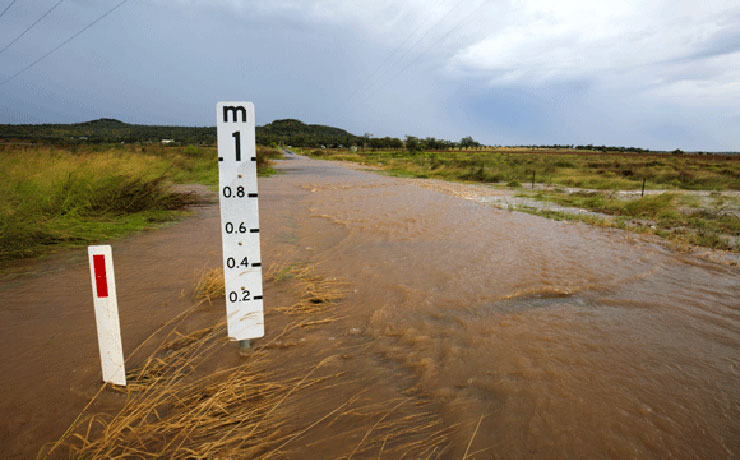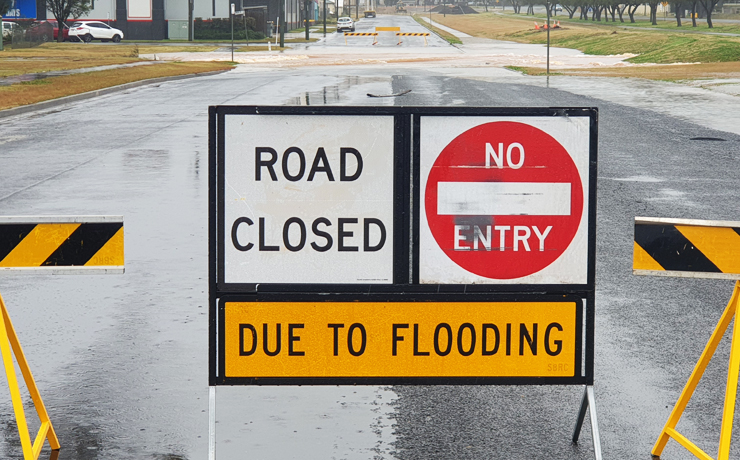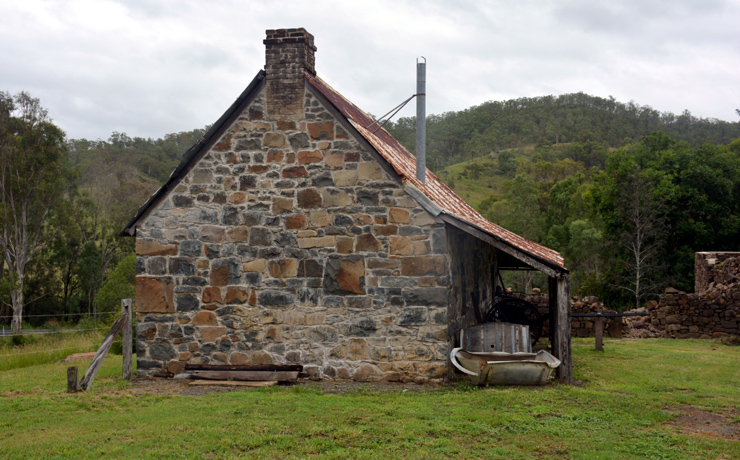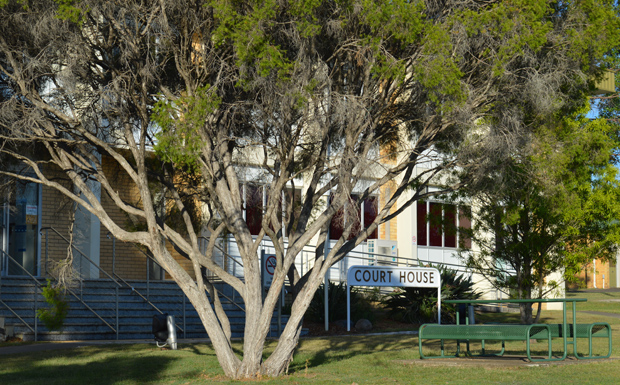
January 22, 2024
Lower socio-economic areas in Queensland are at higher risk of dental disease due to a lack of fluoridated water, according to a new report.
University of Queensland biostatistician Christopher Sexton led a team that investigated the link between geographical areas’ socio-economic status and access to fluoridated water.
The results were published in the Medical Journal of Australia in December.
“We estimated almost 80 per cent of people in Queensland have access to fluoridated water, mostly thanks to councils in the south-east in areas of higher socio-economic status,” Mr Sexton said.
“But areas of socio-economic disadvantage in the State were less likely to have access to fluoridated water and its benefits for oral health.
“It means those people have an avoidable greater risk of poor oral health outcomes.”
The researchers, from UQ’s School of Dentistry, said the current model for implementing water fluoridation across Queensland could be improved.
A rollout of fluoridation across the State’s water treatment plants was begun by Premier Anna Bligh’s ALP government in 2008, despite loud protests from anti-fluoride groups.
At the time, the government said fluoridation equated to between 0.6 and 0.9 parts of fluoride per million parts of water, roughly one drop in a bathtub.
Then-South Burnett Mayor David Carter criticised the move, saying the State Government had let Council take the heat from ratepayers.
When Campbell Newman’s LNP government was elected in 2012, the decision whether to add fluoride to local supplies was transferred to councils.
The South Burnett stopped adding fluoride to the region’s water supply schemes soon afterwards, in January 2013.
At the time, then-Mayor Wayne Kratzmann said the move was a cost-saving measure.
More than $2 million had been spent installing fluoridation plants when it was made compulsory, but Council then had to pay ongoing costs for maintenance and supplies.
Mayor Kratzmann said the decision to axe fluoridation was expected to save the Council between $170,000 and $200,000 a year, about 20 per cent of its water processing costs at that time.
Co-author of the latest report, Professor Loc Do, said Queensland had the lowest access to fluoridated water in Australia, despite strong evidence of its benefits.
“Research has found water fluoridation reduces the prevalence of decayed, missing and filled teeth in Australian children by up to 42 per cent,” Prof Do said.
“It is a cost-effective and safe way to help reduce rates of dental disease and helps to improve quality of life.”
Related articles:























